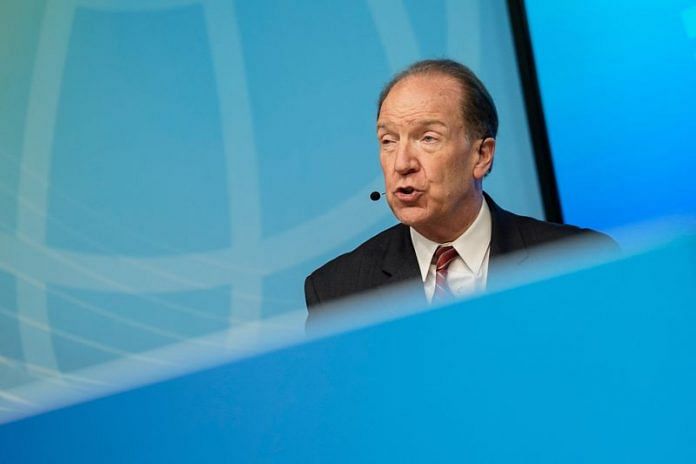By Andrea Shalal
WASHINGTON (Reuters) – Debt sustainability analyses carried out by the World Bank and International Monetary Fund should reflect the growing share of domestic debt in many developing countries’ overall debt levels, World Bank President David Malpass said on Wednesday.
Malpass called for urgent measures to jump-start sovereign debt restructuring efforts for the many countries that are in or near debt distress, after years of glacial progress under the Group of 20 Common Framework.
Speaking at a World Bank event entitled “Breaking the Impasse in Global Debt Restructuring,” Malpass said it was critical to get a better understanding of countries’ total debt levels, including both domestic and external debt.
Pablo Saavedra, the World Bank’s vice president for equitable growth, finance and institutions, noted that domestic debt now accounted for about 20% of the gross domestic product of low-income countries, up from 9% a decade ago.
For middle-income countries, that percentage was “north of 45% of GDP,” he said, adding that the current debt analyses did not give adequate weight to such domestic debt, which was also often less transparent.
Overall, he said the last decade had seen the fastest growth of debt in the last 50 years – a concerning development given lower growth potential and higher inflation.
Carmen Reinhart, the World Bank’s previous chief economist, told the event that there were ongoing concerns about “hidden debt” and the transparency of external debt levels, including “severely underreported debt levels” owed to China, now the world’s largest bilateral creditor.
She said there were no publicly available data on net reserves, and questions about contingent liabilities also compounded the problem of accurately analyzing debt levels.
“We have a lot of work to do to get this (understanding of) debt stock right,” she said, noting that the share of privately held debt had also gone up significantly in recent years.
(Reporting by Andrea Shalal; Editing by John Stonestreet and Andrea Ricci)
Disclaimer: This report is auto generated from the Reuters news service. ThePrint holds no responsibilty for its content.



